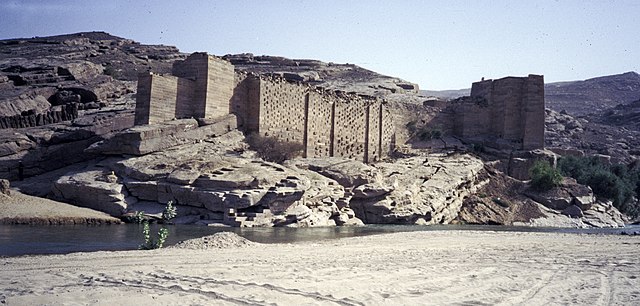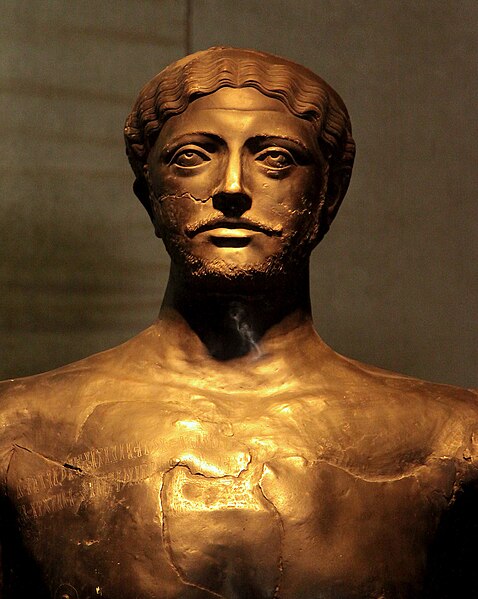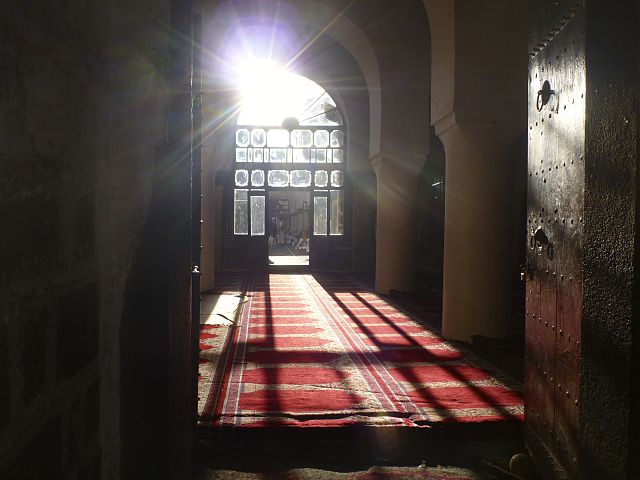South Yemen, officially the People's Democratic Republic of Yemen, officially abbreviated to Democratic Yemen, was a state that existed from 1967 to 1990 as the only communist state in the Middle East and the Arab world. It was made up of the southern and eastern governorates of the present-day Republic of Yemen, including the island of Socotra. It was bordered by North Yemen to the North-West, Saudi Arabia to the North, and Oman to the East.
Ali Nasser, Abdel Fattah Ismail, and Abdullah Abdel Razzaq Badib at the Popular Vanguard Party Festival in the 1970s, with portraits of Karl Marx, Friedrich Engels, and Vladimir Lenin behind them
Abandoned Soviet tank on coast of Socotra
South Yemeni Armed Forces military parade
The Freedom Statue in Khor Maksar, Aden
Yemen, officially the Republic of Yemen, is a sovereign state in West Asia. Located in the southern Arabian Peninsula, it borders Saudi Arabia to the north, Oman to the northeast, and the Indian Ocean to the south, sharing maritime borders with Eritrea, Djibouti and Somalia across the Horn of Africa. Covering roughly 528,000 square kilometres, with a coastline of approximately 2,000 kilometres, Yemen is the second largest country on the Arabian Peninsula. Sanaa is its constitutional capital and largest city. Yemen's estimated population is 34.7 million, comprised mostly of Arab Muslims. It is a member of the Arab League, the United Nations, the Non-Aligned Movement and the Organisation of Islamic Cooperation.
Ruins of the Great Dam of Marib.
Himyarite King Dhamar'ali Yahbur II.
A Sabaean gravestone of a woman holding a stylized sheaf of wheat, a symbol of fertility in ancient Yemen.
The interior of the Great Mosque of Sana'a, the oldest mosque in Yemen








